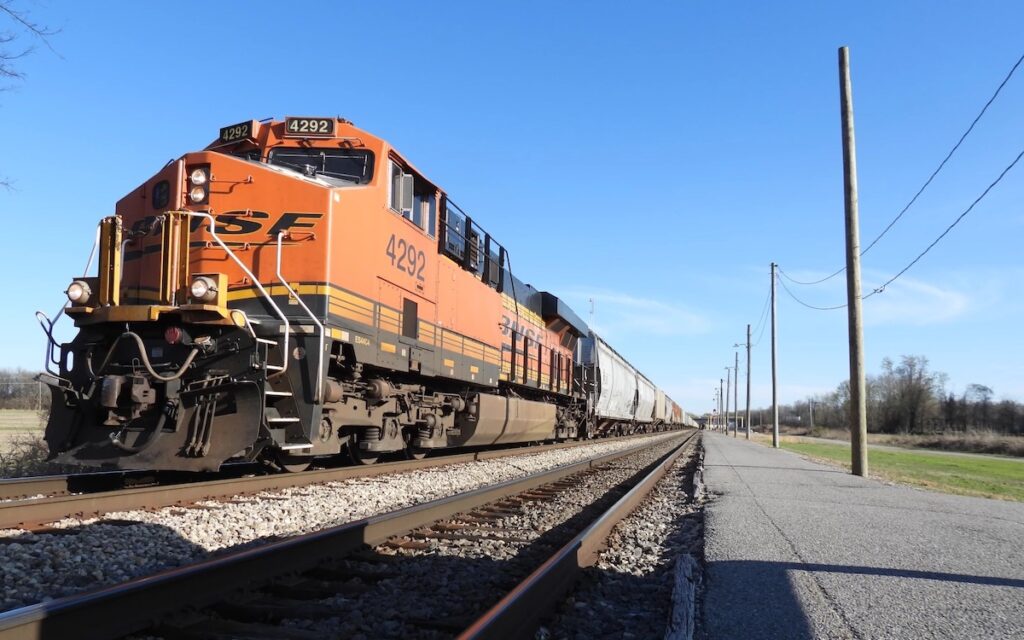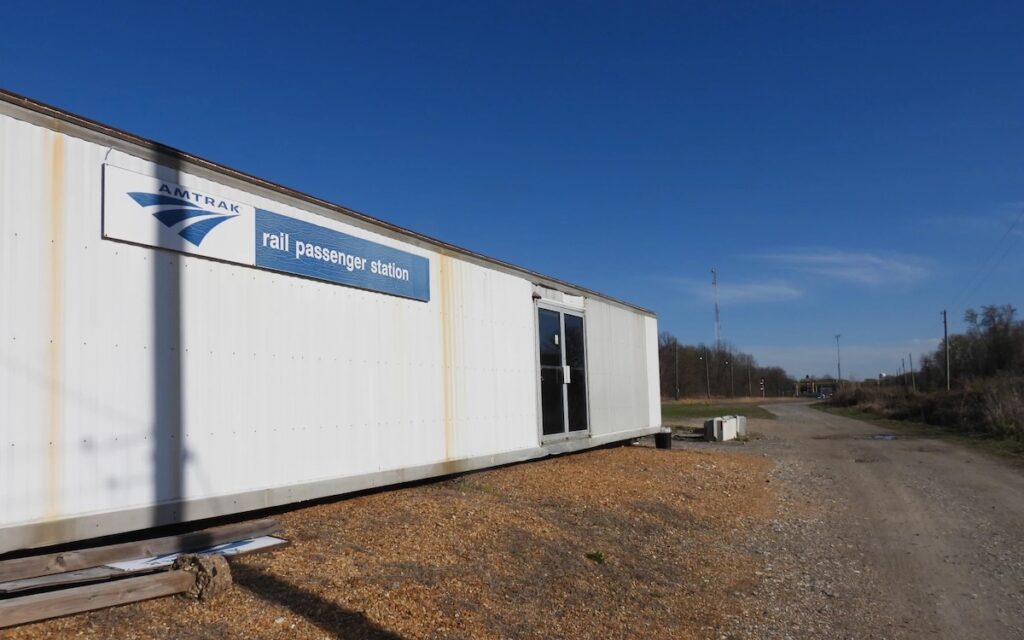Planners with the Kentucky Transportation Cabinet are conducting open house meetings across the state in hopes of assessing the public’s desires when it comes to passenger and freight railway transport.
The first of three planned meetings this week was held Monday, March 11, at Fulton in the far Western Kentucky. The community, which straddles the Kentucky-Tennessee border, is one of just four in the state with direct access to passenger rail service via Amtrak (which also provides service in Ashland, Maysville and South Portsmouth, all in Eastern Kentucky along the Ohio River).

Jeremy Edgeworth is the freight, rail and waterways coordinator for the Kentucky Transportation Cabinet, and leads the team developing the new Kentucky Rail Plan. The document, last updated in 2015, outlines goals, strategies and policies to improve transportation along the Kentucky rail network.
Edgeworth said the lion’s share of the rail traffic in Kentucky is commercial freight and this plan is largely aimed at helping the state’s “rail partners,” including Amtrak.
“A lot of other states actually own or maintain rail. Kentucky doesn’t have any of that,” he said. “We wanted to make sure that we were updating our statewide rail plan to be a help to our rail partners as they were going for rail funding from the federal government [so] that these critical projects for them to help upgrade their infrastructure were identified as needs in our statewide rail plan.”
According to a 2019 KYTC report on freight in Kentucky, the state’s 12 active railroads cover just over 2,600 miles. Amtrak data show that — in Fiscal Year 2022 — fewer than 7,000 people rode Kentucky’s passenger rail service. Fulton had the highest ridership during that year, punching just over 2,500 tickets.
The Long-Distance Service Survey currently underway by the Federal Railway Administration and Amtrak is aimed at creating “a long-term vision for long-distance passenger rail service” in the wider United States. It includes a list of proposed preferred routes identified by a study team as being beneficial to add to the nation’s rail network.
Among those is a pair of routes that converge in Louisville and connect to Bowling Green – those would connect the cities to routes that access Chicago, Detroit, Miami, Nashville and New Orleans, among others.
Though Kentucky’s plan is mostly focused on the state’s freight industry and railroad infrastructure along privately owned tracks, Edgeworth said that feedback regarding the passenger rail service is welcomed.
“They’ve identified some possible routes,” he said. “So there’s the potential for other routes. Again, the issue that we face is that Kentucky doesn’t control any of that. So if they decide to implement passenger rail, it’d be a decision that Amtrak would have to make as a business decision [because they thought], ‘Hey, there’s potential ridership here.’”
In Fulton, one local leader is hopeful that a new terminal could potentially make travel easier and safer for local riders.

Mark Welch is the board director of the Fulton-Hickman Counties Economic Development Partnership. He said that Amtrak is working with Canadian National Railway Company — the company that owns the current terminal — to replace the old one, something he described as being “long, long, long overdue.”
[The Fulton station has a metal frabricated structure. It is unstaffed.]
“We’ve been working for several years on getting the small ‘terminal’ — and I use ‘terminal’ in air quotes, because it’s not very big, but it’s old — replaced,” he said. “We’re hopeful that we might get a new terminal for Amtrak passengers by next year … [and], even if there are not additional opportunities for travel, our hope is that the existing travel schedule will be safer and more efficient.”
Two additional meetings will be held in Louisville on Tuesday and in Ashland on Wednesday. The Louisville meeting will take place at Union Station and the Ashland meeting will be held at the Ashland Transportation Center, each from from 4 to 7 p.m. ET.
Anyone unable to attend the public meetings will be able to weigh in on the Kentucky Rail Plan via a KYTC virtual survey.
(This story first ran on WKMS, the public radio station at Murray State University.)






